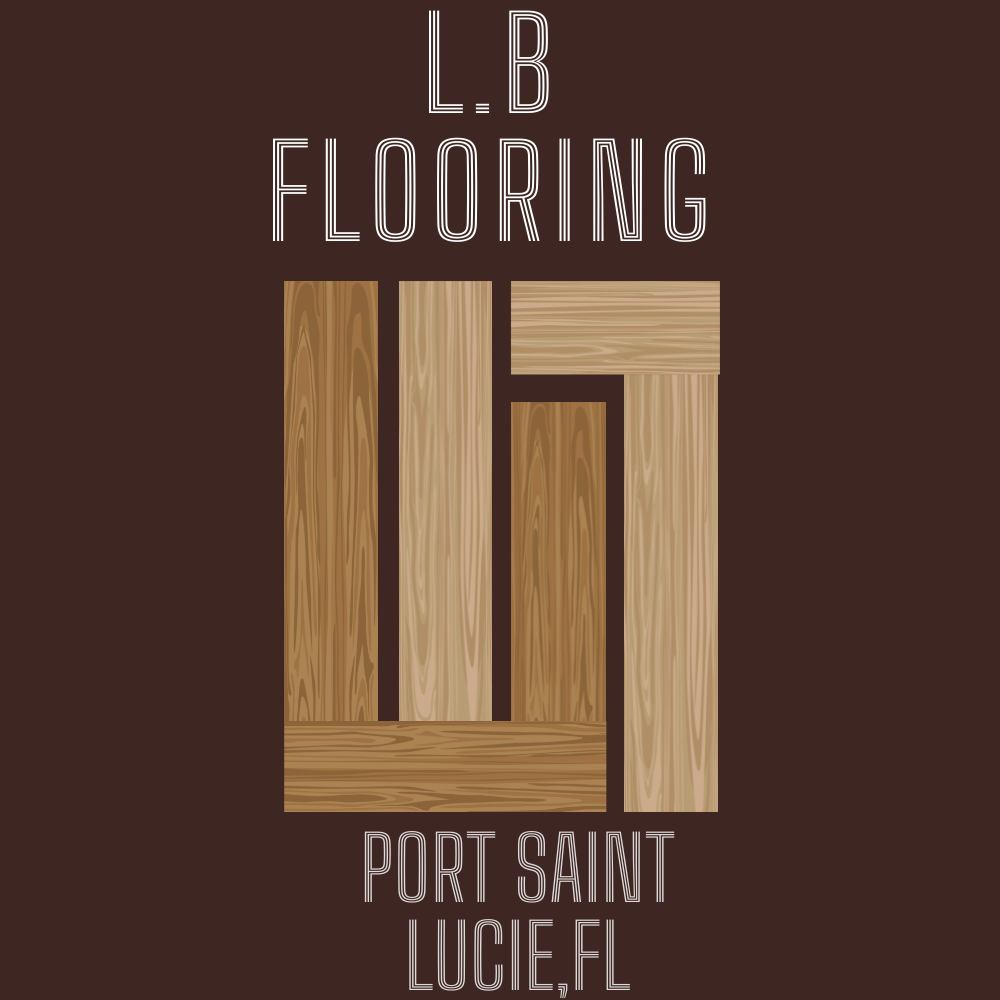Floor Refinishing & Resurfacing
Floor Refinishing & Resurfacing: Transforming Your Floors for a Fresh, Beautiful Look
When it comes to maintaining the beauty and integrity of your home or business, floor refinishing and resurfacing are two of the most cost-effective ways to bring new life to your floors. Over time, floors can become worn, scratched, and faded from daily wear and tear. Whether you're dealing with hardwood floors, tile, concrete, or other surfaces, refinishing and resurfacing offer an incredible transformation without the expense of full replacement.
In this comprehensive guide to floor refinishing and resurfacing, we’ll explore the benefits of these services, how they work, and why they are a great option for homeowners and business owners alike. You’ll also find valuable information about the process, costs, and long-tail keywords for those searching for these services in your area.
Why Choose Floor Refinishing & Resurfacing?
Before diving into the specifics of the refinishing and resurfacing process, it’s important to understand the advantages they offer. Homeowners and business owners alike choose these services for several compelling reasons:
Types of Floors That Can Be Refinished or Resurfaced
Floor refinishing and resurfacing are versatile services that can be applied to a variety of materials. Here are the most common types of floors that can benefit from these services:
Hardwood Floors
Hardwood floors are one of the most popular flooring choices in homes and businesses. Over time, hardwood floors can lose their shine, become scratched, or develop signs of wear. Refinishing hardwood floors involves sanding the surface to remove any imperfections and then applying a fresh coat of finish to restore their natural beauty. Refinishing is an excellent option for hardwood floors because it brings back the wood’s grain and original color without needing to install new boards.
According to the National Wood Flooring Association (NWFA), 90% of homeowners report that hardwood floors increase the value of their home.
Tile Floors
Tile floors are durable, but they can still show signs of wear, especially grout lines that become dirty or faded. Resurfacing tile floors can make them look like new without replacing the entire surface. This process involves cleaning the tiles and applying a new glaze or coating to restore their appearance. For older tiles, resurfacing is often a great solution, as it can be done without removing the existing tiles.
Tile flooring is expected to continue growing in popularity, with the market projected to reach a value of $50 billion by 2026.
Concrete Floors
Concrete floors are highly durable but can become cracked, chipped, or stained over time. Floor resurfacing can restore these floors to a pristine condition, whether in a garage, basement, or commercial space. Concrete resurfacing involves applying a thin layer of overlay material to repair cracks and imperfections. After resurfacing, the concrete is polished or sealed to give it a sleek, finished appearance.
Laminate Floors
Laminate floors are popular for their affordability and easy maintenance, but they can suffer from scratches and fading over time. Refinishing laminate floors is not always recommended, but resurfacing can be an effective option to restore their look. This involves applying a coating or overlay that gives the laminate floor a fresh, glossy finish.
The Floor Refinishing & Resurfacing Process
Cost of Floor Refinishing & Resurfacing
The cost of refinishing or resurfacing your floors depends on several factors, including the type of floor, the size of the area, the extent of damage, and the location of the property. Here’s a general cost breakdown for common types of floors:
Hardwood Refinishing: Typically costs between $3 and $8 per square foot, depending on the condition of the floor and the finish used.
Tile Resurfacing: Can range from $5 to $12 per square foot, depending on the type of tile and the complexity of the work.
Concrete Resurfacing: Costs around $3 to $7 per square foot, with variations based on the condition and finish required.
Laminate Resurfacing: Costs typically range from $2 to $5 per square foot.
Choosing the Right Professional for Your Floor Refinishing & Resurfacing Project
When selecting a professional for your floor refinishing or resurfacing project, it’s essential to do your research. Here are a few tips for finding the right expert:
- Experience & Expertise: Look for a contractor with experience in the type of flooring you have, whether it’s hardwood, tile, concrete, or laminate. Ask for references or examples of past work.
- Proper Licensing & Insurance: Make sure the contractor is licensed and insured to protect both you and your property.
- Quality Materials: Ensure the contractor uses high-quality materials that will provide long-lasting results.
- Written Estimate: Get a detailed, written estimate before starting the project. This will help avoid surprises during the process.
Conclusion
Floor refinishing and resurfacing are excellent ways to breathe new life into your floors while saving money and reducing waste. Whether you have hardwood floors, tile, concrete, or laminate, refinishing and resurfacing can restore their beauty and durability. With the right professionals, your floors can look as good as new in a matter of days.
If you're looking for floor refinishing or resurfacing services, consider contacting a trusted expert in your area. With the right care and attention, your floors can be the highlight of your home or business for years to come.
Call Us Today for a Free Floor Refinishing Estimate
We offer free, no-obligation quotes for all floor resurfacing and refinishing projects. Let us evaluate your existing flooring and recommend the best solution — whether that’s sanding and sealing hardwood floors, resurfacing concrete in your garage, or revitalizing old tile in your kitchen or commercial space.
Phone: 772-281-5015
Hours: Monday – Saturday | 8:00 AM – 6:00 PM
Request a Quote Online
Prefer to get started digitally? Just fill out our quick online contact form or request a free estimate directly through our website. One of our friendly flooring specialists will reach out to schedule a convenient time for an on-site evaluation.

